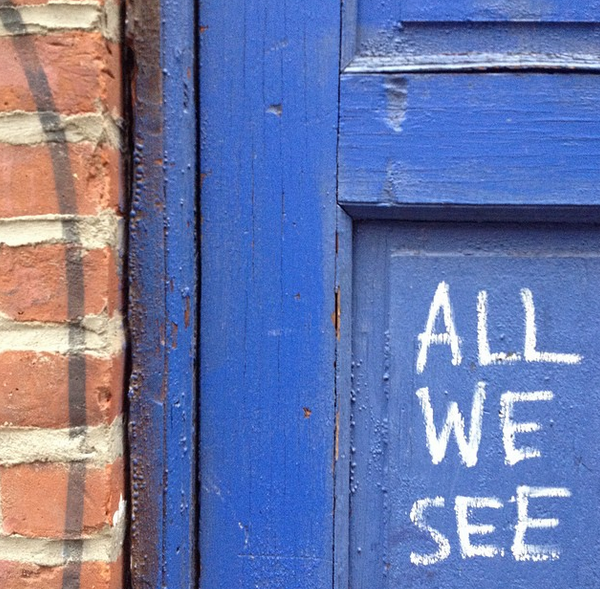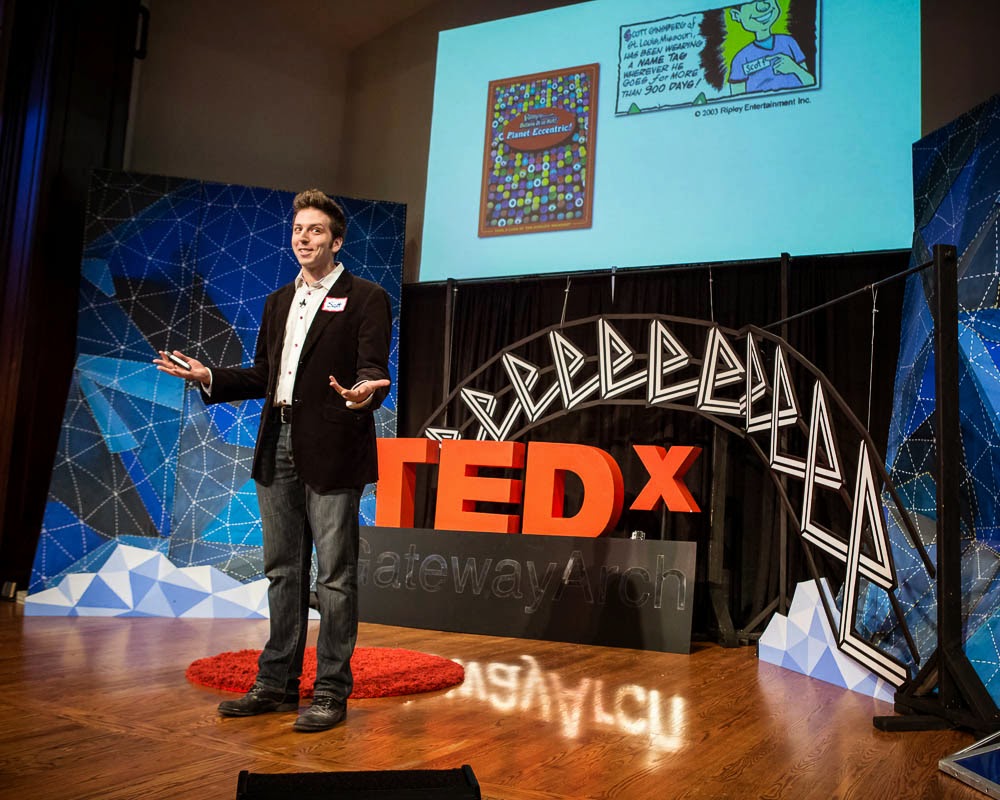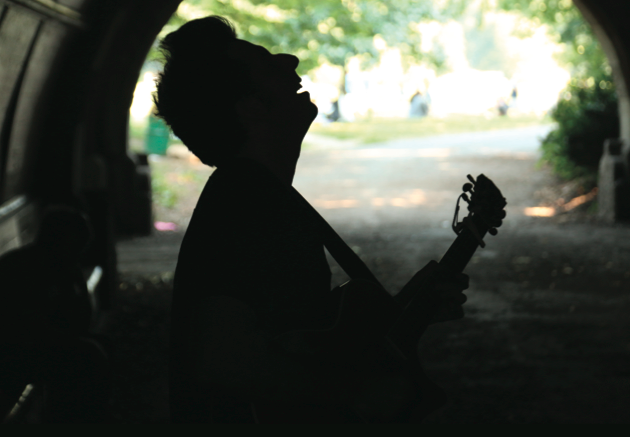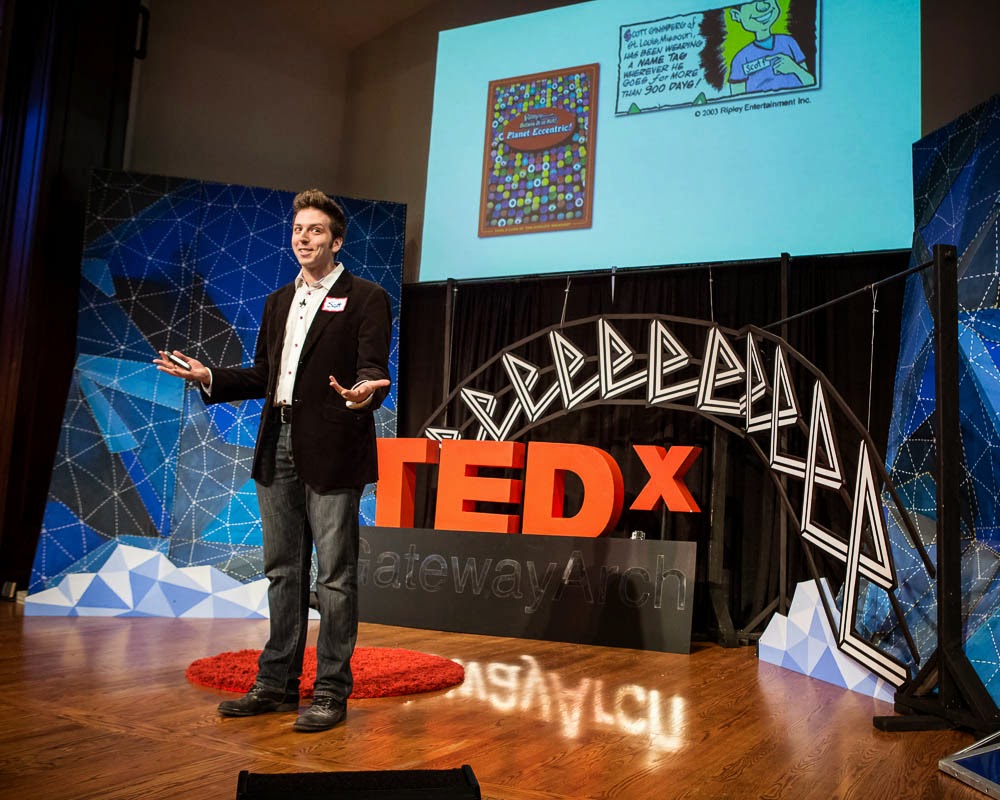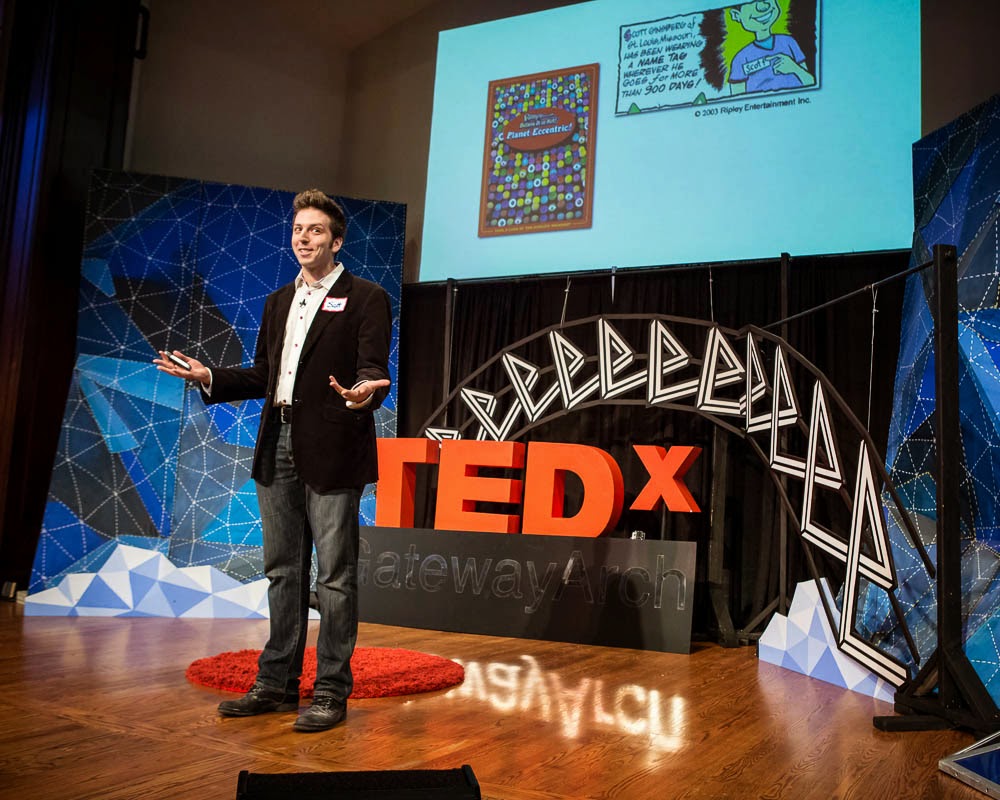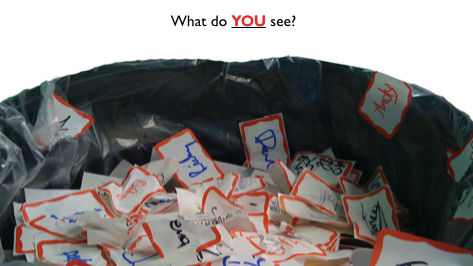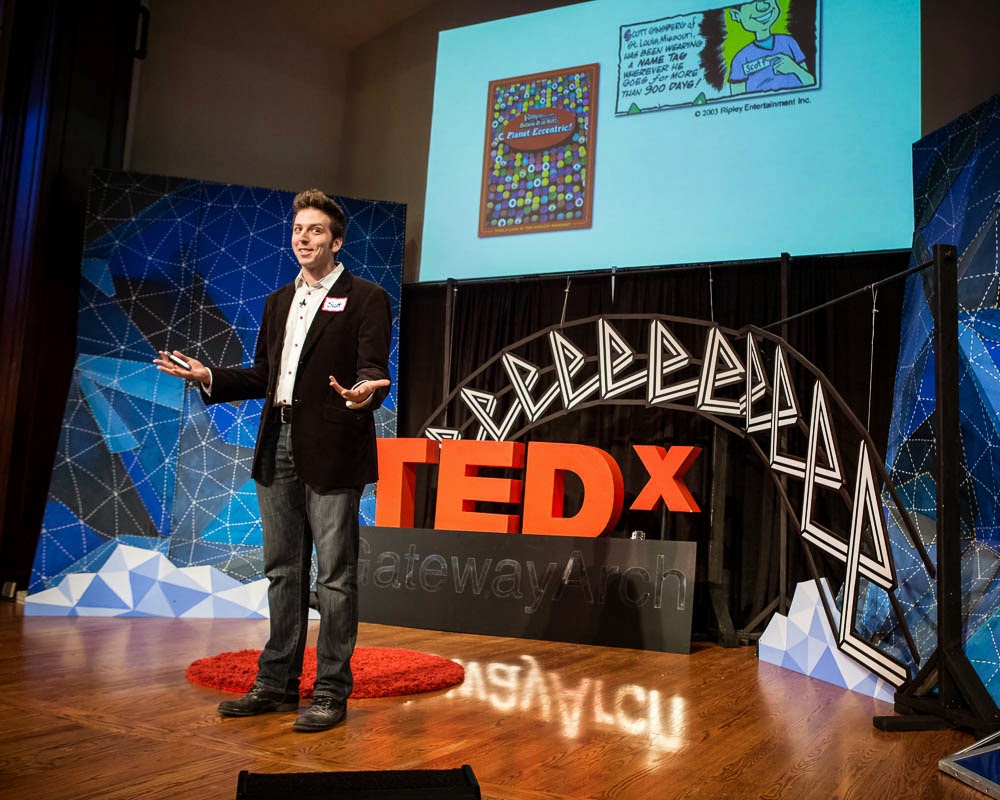
All creativity begins with the moment of conception.
That little piece of kindling that gets the fire going. That initial source of inspiration that takes on a life of its own. That single note from which the entire symphony grows. That single spark of life that signals an idea’s movement value, almost screaming to us, something wants to be built here.
And so, in this blog series, I’m going to be deconstructing my favorite moments of conception from popular movies. Each post will contain a video clip from a different film, along with a series of lessons we can learn from the characters.
Today’s clip comes from the input scene in Short Circuit:
What can we learn?
Inspiration is
incidental, not intentional. Artists make things because they want to move
people. To inspire them to become better. But the creator can’t jumpstart other
people unless her battery is charged first. There has to be a source current. A
substratum of energy from which to supply power. Johnny has his own version of
this. He’s an experimental military robot that was struck by lightning and is
beginning to gain a more humanlike intelligence. But since he’s barely able to
communicate and uncertain of his directive, he requires constant access to
books, television and other stimuli to satisfy his demand for input. That’s how
he develops his whimsical and curious personality, befriends the characters,
captures the bad guy and deprograms his dangerous warlike applications. All he
needed was, as he called it, major input.
Johnny reminds us, albeit in a mechanical way, that we have to repower our own
source current. We have to inspire ourselves, first and foremost. Because our
job as creators isn’t to inspire people, but to keep doing what we love, that
way people can discover the same about themselves through that work. If we want
to move people, we have to remember that inspiration isn’t the target,
inspiration is the reward our audience receives when we hit the target. When was the last time you made the choice to be
inspired?
Healthy eyes see
whatever is visible. Johnny may be powered by electricity, but his primary
source of energy, meaning and nourishment, is input. That’s why watching him
motor into the world’s biggest bookstore is akin to a heroin addict stumbling
into an opium farm. Johnny is a mental omnivore, eating or at least chewing
on almost anything, taking in whatever is available to build his bottomless
reservoir of diverse ideas. Everything in the bookstore is fair game. What’s
more, his real power isn’t just collecting information, but conceptually
integrating it. His robot brain has an advanced ability to make original
associations, to blend information from various scenarios and experiences, and to
understand complex metaphors and comparisons. That’s the mark of a true
creator. Someone who can dive into his intellectual reservoir on a moment’s
notice, swim to the bottom, and return to the surface with a new and
interesting combination that the world has never seen before. Johnny is a role
model for artists. He is alive, as he likes to proclaim, thanks to his constant
stream of input. We should all be so
fortunate. What’s your framework for
inspiration?
Develop an allergy to dogma. Johnny
maintains a high openness to experience. Cognitive psychologists have found this trait
be common among creative thinkers. It’s a personality that involves active
imagination, aesthetic sensitivity, attentiveness to inner feelings, preference
for variety, and intellectual curiosity. In fact, the psychological personality inventory
measures specific subsets of this openness to experience, including the
tendency to appreciate art, music, and poetry, the inclination to try new
activities and the readiness to reexamine traditional social, religious and
political values. That’s what I love about this robot. He demands they drop
everything and go into the store. Hold his meeting. City traffic be damned. Customers
move to the side. Security guards go to hell. This machine has located a source
of major input, and nobody is going to stop him from getting it. Reminds me a
lot of myself. What are the specific
traits, habits, and tendencies that comprise your creative personality?
What did you learn?
* * * *
Scott Ginsberg
That Guy with the Nametag
Author. Speaker. Strategist. Filmmaker. Publisher. Songwriter.

Never the same speech twice. Customized for your audience. Impossible to walk away uninspired.
Now booking for 2014-2015.
Email to inquire about fees and availability. Watch clips of The Nametag Guy in action here!

